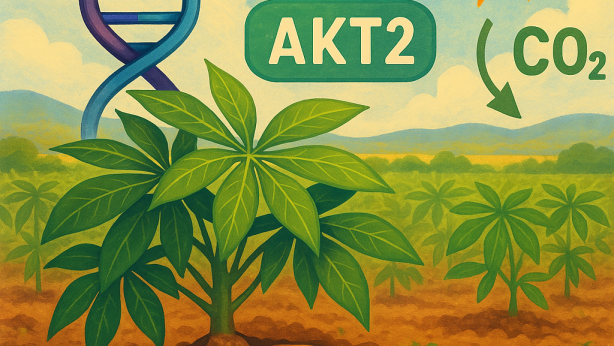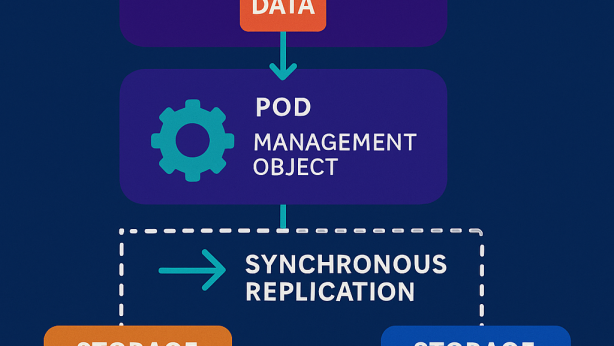APPARATUS AND METHODS FOR DETERMINING A HIERARCHICAL LISTING OF INFORMATION GAPS
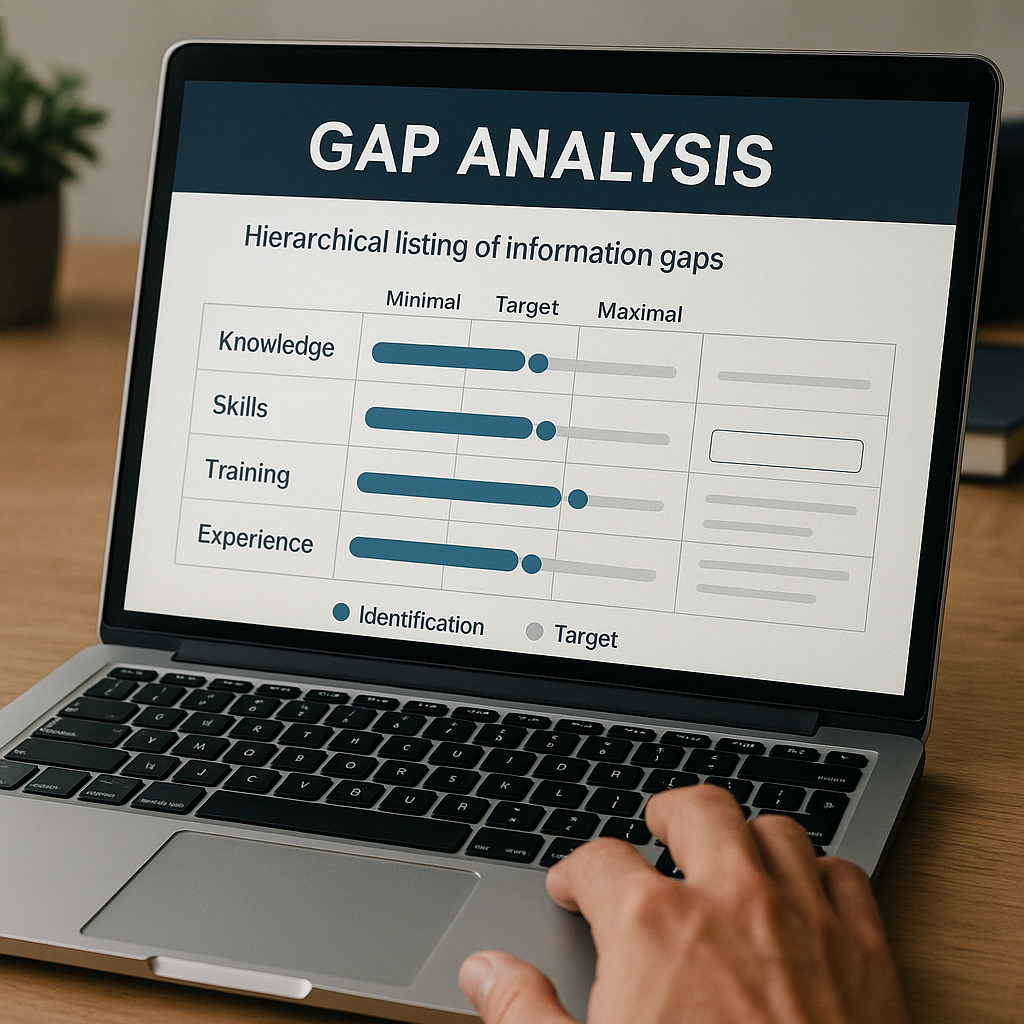
Invented by Smith; Barbara Sue, Sullivan; Daniel J., The Strategic Coach Inc.
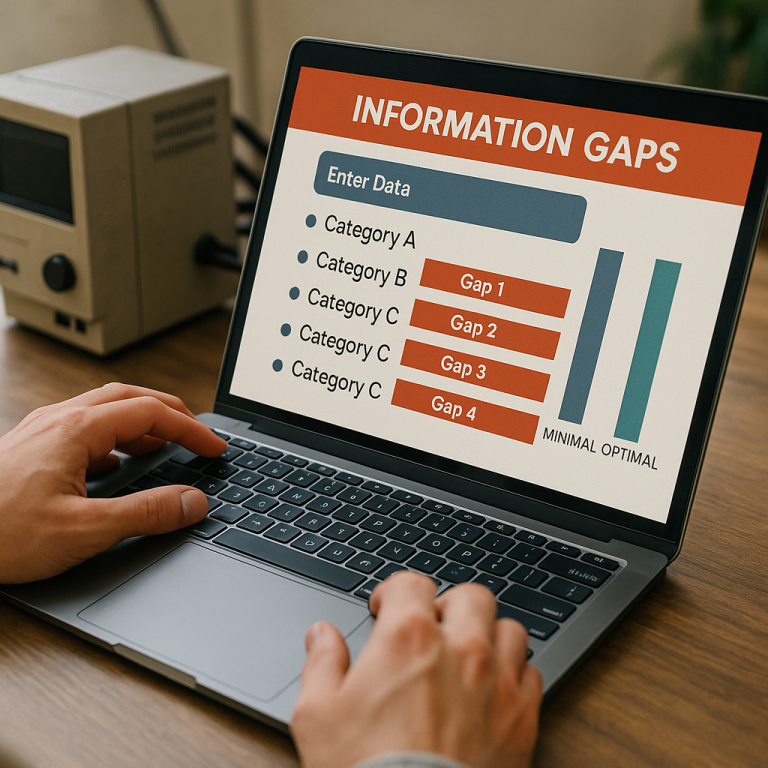
Let’s take a deep dive into a new patent about finding and showing information gaps for users. This technology uses a mix of computers, memory, and artificial intelligence to help people see where they are missing key details, and how they can improve over time. In this blog, we will break down the background, explain the science and related inventions, and finally, walk through the main ideas behind this new technology.
Background and Market Context
In today’s world, information is everywhere. People and businesses often struggle to know what they are missing. Sometimes, you just don’t know what you don’t know. This is a big problem in many areas including business growth, personal development, education, and even health. For example, a company might not realize why their sales are dropping, or a student may not know why they are not improving in school.
Before this invention, people tried to use simple checklists, surveys, or even guessing to spot these missing pieces. But these methods can be slow, wrong, or too simple. As the world got more digital, there was hope that computers could help. We saw more data being collected through websites, social media, and mobile apps. But even with all this information, people still need help to notice what is truly missing and how to fix it.
This is where artificial intelligence (AI) comes in. AI is very good at finding patterns and making sense of lots of data. In business, AI can spot trends, but it has been hard to use it for personal growth, learning, or self-reflection. People want tools that show not just what they have done, but what they should do next or what they are missing. The market is hungry for smart tools that help users grow, learn, and improve by pointing out their information gaps in a clear, helpful way.
This patent tackles this real need. It uses AI, computers, and smart interfaces to gather data, compare it to ideal targets, and show users where they have gaps. It goes beyond the basic checklist, bringing a much smarter and more personal approach to self-improvement, business growth, and learning.
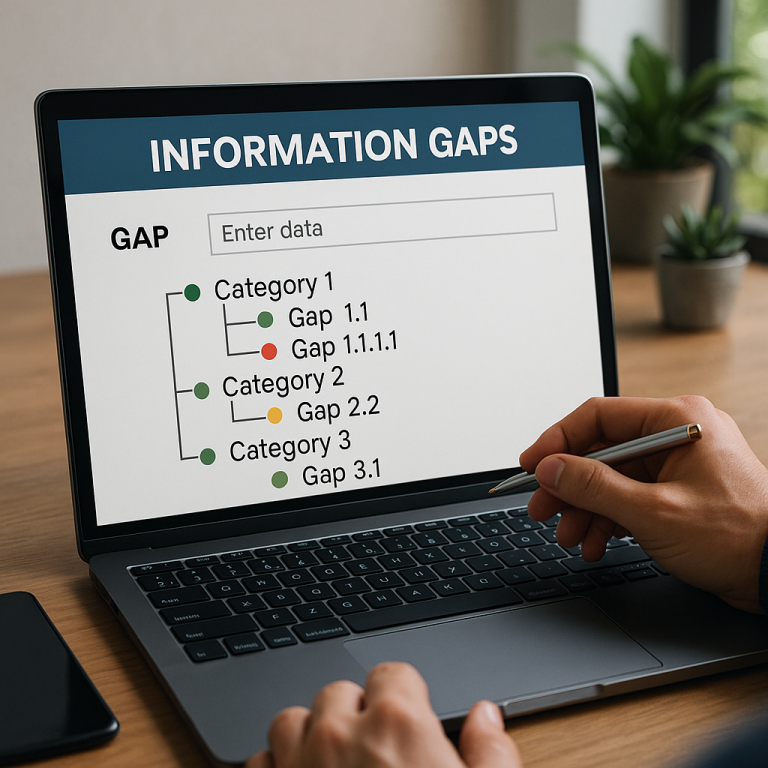
Scientific Rationale and Prior Art
The science behind this invention brings together several ideas from computer science, psychology, and learning theory. Let’s break it down in simple words.
First, computers are now fast enough to handle lots of information about people, businesses, and activities. They can track what you do, when you do it, and even how you feel about it. Machine learning, a type of AI, is used to spot patterns in this data. It learns what “normal” looks like, what “good” looks like, and what might be missing.
A big idea here is the use of “heuristics.” A heuristic is a rule of thumb or shortcut. It helps people and computers make decisions quickly. But shortcuts can be wrong if they are not checked for mistakes. For example, you might always assume that working late means you are productive, but that might not be true. The patent points out that old systems often failed because they did not check if their shortcuts were correct. This led to mistakes and missed chances to improve.
Before this invention, some tools used surveys, performance reviews, or even simple dashboards to spot gaps. These tools could show you some missing skills or knowledge, but they were basic. They did not adjust over time, did not use AI, and did not help users interactively close their gaps.
Other inventions used AI to group people into categories or clusters. For example, health apps might group users by activity level to set fitness goals. Some business tools used AI to spot outlier data, such as unusual spending. However, these tools did not go further to build a clear, step-by-step list of what the user is missing, or show how far they are from the best outcome.
The key scientific leap in this patent is bringing together user data, AI pattern recognition, and live user feedback. It does not just spot gaps, it ranks them in order of importance and helps users understand how close they are to their ideal target. The system also adapts as users add new data, learning and growing with them.
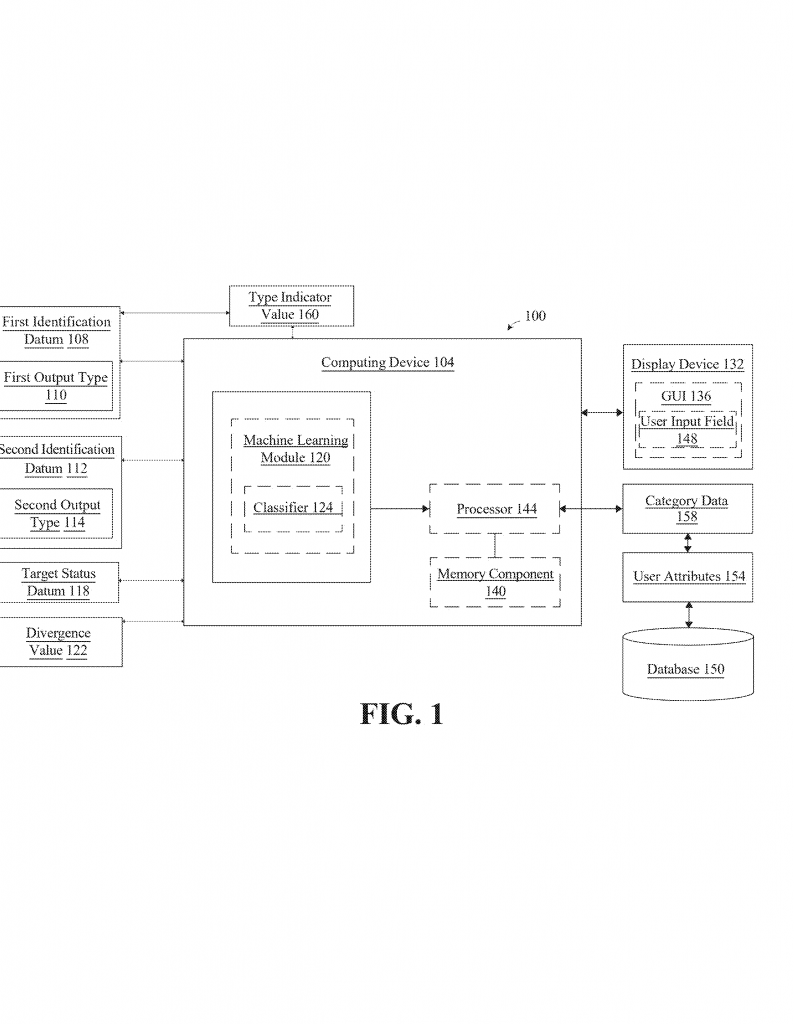
The patent also uses some smart math. It talks about “distance metrics,” which is a way for the computer to measure how far a user’s current state is from the best possible state. For example, if the best math test score is 100, and you have 60, the gap is 40. But the system can also look at patterns over time, not just one score. It uses clusters, outliers, and even fuzzy sets (a kind of math that handles things that are not just “yes” or “no” but somewhere in between). This lets the system understand more complex, real-world situations.
In summary, the invention builds on earlier ideas from AI, data tracking, and self-improvement. But it stands out by using machine learning to spot and rank gaps, by letting users update their data interactively, and by showing a clear path to improvement.
Invention Description and Key Innovations
Now, let’s walk through how this invention works and what makes it special, step by step.
At the heart of the system is a computer (processor) and memory. The memory holds instructions that tell the computer what to do. The computer connects to different devices: user devices (like a phone or laptop), databases (where data is stored), and display devices (screens that show results to users).
Here’s how the process works:
First, the system receives an “identification datum” from a user device. This is just a piece of data that says what the user has done, or what their current status is. It could be a test score, a survey answer, a business result, or even a reflection about how the user feels. This data might come from a web tracker, a form, or even a sensor.
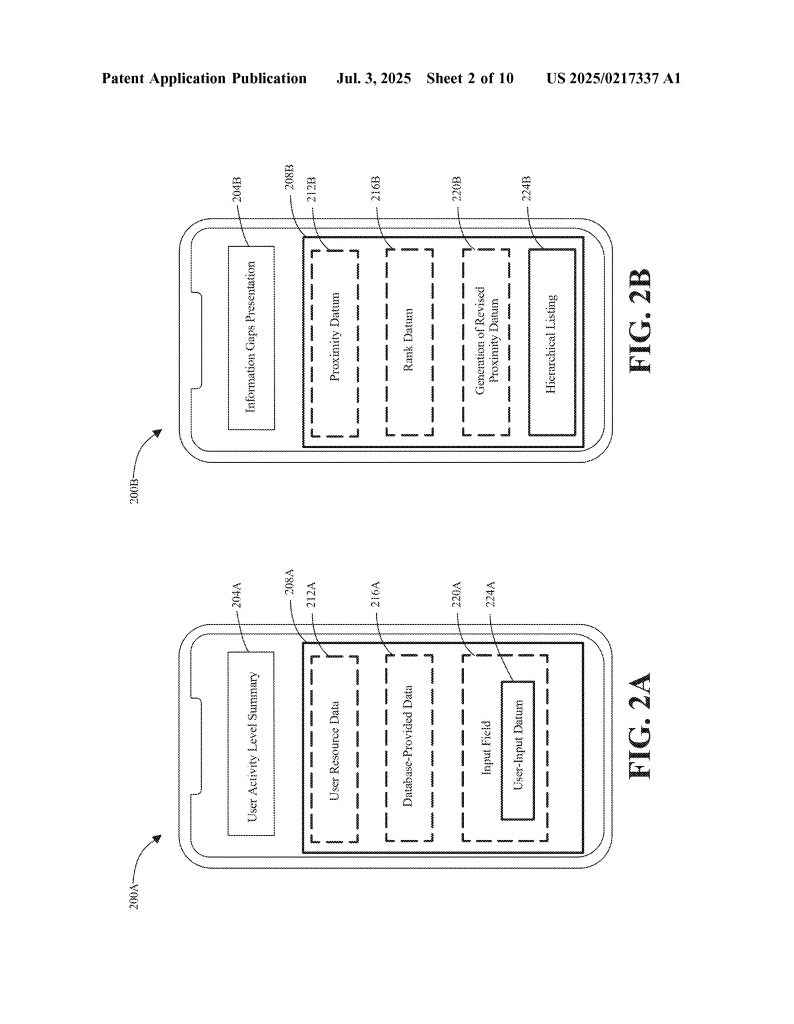
Next, the system gets a “target status datum” from a database. This is the ideal or best outcome the user could hope for. For example, if a student wants to get an “A” grade, the target status is “A.” If a business wants to grow sales by 20%, that is the target.
The system then uses a machine learning model to look at the user’s data and see where it fits in. It checks if the data is an “outlier”—meaning it stands out from normal patterns. The computer tries to group the data into clusters or categories, using AI to make sense of lots of different situations.
After this, the system finds the “gap” between where the user is (identification datum) and where they want to be (target status). It uses math to measure this gap. Sometimes the gap is just a number (like 20 points away from perfect), but sometimes it is more complex, like a pattern of missing skills or habits.
What makes this invention powerful is that it does not stop at finding a single gap. It builds a “hierarchical listing”—a ranked list of all the gaps, in order from most important to least important. This helps users see not just one problem, but the whole map of what they need to work on.
The system then creates an “interface data structure.” This is a fancy way of saying it builds a screen or form that the user can interact with. It shows the user where their gaps are, and lets them enter new data, thoughts, or updates. For example, after seeing they need to improve their math skills, a student could enter that they just completed a practice test. The system updates the list of gaps in real time, always showing the latest summary of the user’s activity and progress.
As the user interacts with the system, it keeps learning. The computer updates its machine learning models with each new piece of data. If the user makes progress, the gap shrinks, and the system can show new advice or next steps. If the user’s new data is very different from others, the system might put them in a new cluster and adjust the advice.
The invention can handle many types of data, from business numbers to personal reflections. It can be used for self-improvement, business planning, education, or health. Because it is built to be flexible, it can work for individuals, teams, or even whole organizations.
Another key innovation is how the system organizes categories. It arranges them based on how close they are to the minimum (worst) or maximum (best) outcome. This way, the advice and feedback stay relevant to the user’s current level. It also aggregates data, meaning it combines information from different sources or times to give a more complete picture.
The patent also covers how the system lets users see changes live. When the user updates their information, the display changes right away, showing the new summary and the new list of gaps. This keeps the user engaged and lets them see the impact of their actions.
The system can also use data from web trackers or other digital sources, making it very modern and connected. It can be used on smartphones, tablets, or computers, and can connect to databases in the cloud or on local networks.
Overall, the invention is a smart, interactive tool that helps users find, rank, and close their information gaps. It uses machine learning, smart interfaces, and live feedback to guide users toward their goals, whether in personal growth, business, or learning.
Conclusion
This patent brings something new and useful to the table. It takes the idea of finding what is missing and turns it into a smart, interactive process. By mixing AI, user feedback, and easy-to-use screens, it helps people and businesses see where they need to improve, what steps to take next, and how far they have come. If you are building tools for learning, growth, or business, this invention shows a clear path forward: use data, AI, and human-centered design to close the gaps that matter most.
For anyone interested in making better decisions, learning faster, or helping others do the same, this invention is a big step forward. It is not just about finding mistakes—it is about guiding users on a journey to their best possible self or outcome, one smart step at a time.
Click here https://ppubs.uspto.gov/pubwebapp/ and search 20250217337.
